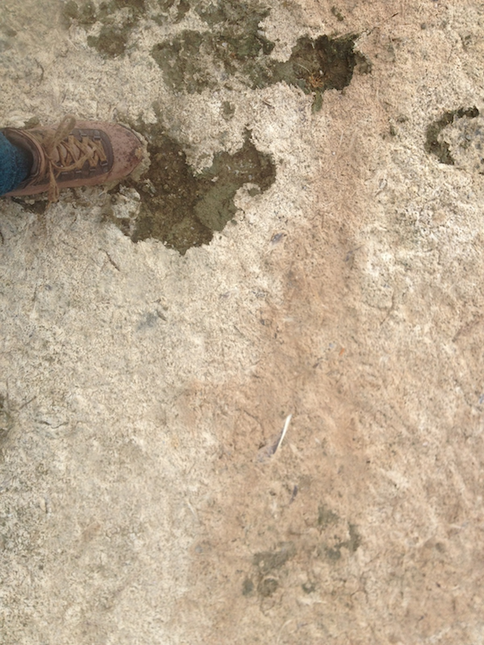2013 Annual Science Report
 VPL at University of Washington
Reporting | SEP 2012 – AUG 2013
VPL at University of Washington
Reporting | SEP 2012 – AUG 2013
The Long Wavelength Limit of Oxygenic Photosynthesis
Project Summary
Oxygenic photosynthesis (OP) produces the strongest biosignatures at the planetary scale on Earth: atmospheric oxygen and the spectral reflectance of vegetation. Both are controlled by the properties of Chlorophyll a, its ability to perform the water-splitting to produce oxygen, and its spectral absorbance that is limited to red and shorter wavelength photons. We seek to answer what is the long wavelength limit at which OP might remain viable, and how. This would clarify whether and how to look for OP adapted to the light from red dwarfs or M stars, which emit little visible light but abundant far-red and near-infrared. Very recently discovered cyanobacteria have been found to harbor alternative chlorophylls adapted to spectral light environments very much like that of M stars. This projects uses field, lab, and modeling studies to study these far-red adapted cyanobacteria as analogues for extrasolar oxygenic photosynthesis pushing the long wavelength limit.
Project Progress
Lab studies conducted under CAN4 to quantify the photon energy use efficiency of the Chlorophyll d cyanobacterium Acaryochloris marina have now expanded to include field studies in CAN6, as well as proposed kinetics modeling. A. marina serves as a model organism for oxygenic photosynthesis adapted to light environments as might be found on red dwarf star planets. The goal of the field studies is to quantify the native spectral light niche of A. marina, as well as search for additional novel far-red utilizing oxygenic photosynthetic organisms.
Lab Studies: Steve Mielke completed a full spectral characterization of A. marina’s photon energy use efficiency over the range 665-780 nm, and identified the likely trap wavelengths via a model. More recent work filled in further details in the spectral energy use efficiency to confirm a dip in efficiency between the trap wavelengths (Mielke et al., 2013)
Field Study: Blankenship and Kiang conducted an expedition to the Bahamas island of Plana Cays where a previous researcher found evidence for a Chl d cyanobacterium living in an ascidian, but for which live cultures were not taken. Samples were retrieved, and enrichment cultures are being maintained by Parenteau. The Clipperton Project, a non-profit science/arts organization, contracted the vessel.
VPL Spectral Library: The Biological Pigments Database (Kiang) of the VPL Spectral Library was officially launched, with an easy user interface to access data and metadata of absorbance spectra of 50 biological pigments, including those used for photosynthetic light harvesting, as well as screening compounds for photoprotection. These data are intended for community use to foster further research in spectral adaptations of life to its parent star and light environment. (http://vplapps.astro.washington.edu/pigments)
Astrobiology Mini-Symposium: Blankenship organized a set of astrobiology talks at the University of Washington, St. Louis, on April 3, 2013. Speakers included VPL members Kiang, Parenteau, and Alex Bradley of Washington University in St. Louis (Earth and Planetary Sciences). The talks were streamed live through the NAI.
Publications
-
Mielke, S. P., Kiang, N. Y., Blankenship, R. E., & Mauzerall, D. (2013). Photosystem trap energies and spectrally-dependent energy-storage efficiencies in the Chl d-utilizing cyanobacterium, Acaryochloris marina. Biochimica et Biophysica Acta (BBA) – Bioenergetics, 1827(3), 255–265. doi:10.1016/j.bbabio.2012.11.002
-
PROJECT INVESTIGATORS:
-
PROJECT MEMBERS:
Robert Blankenship
Co-Investigator
David Mauzerall
Co-Investigator
Niki Parenteau
Co-Investigator
Pramod Gupta
Collaborator
Victoria Meadows
Collaborator
-
RELATED OBJECTIVES:
Objective 3.2
Origins and evolution of functional biomolecules
Objective 4.2
Production of complex life.
Objective 5.1
Environment-dependent, molecular evolution in microorganisms
Objective 5.3
Biochemical adaptation to extreme environments
Objective 6.2
Adaptation and evolution of life beyond Earth
Objective 7.2
Biosignatures to be sought in nearby planetary systems


